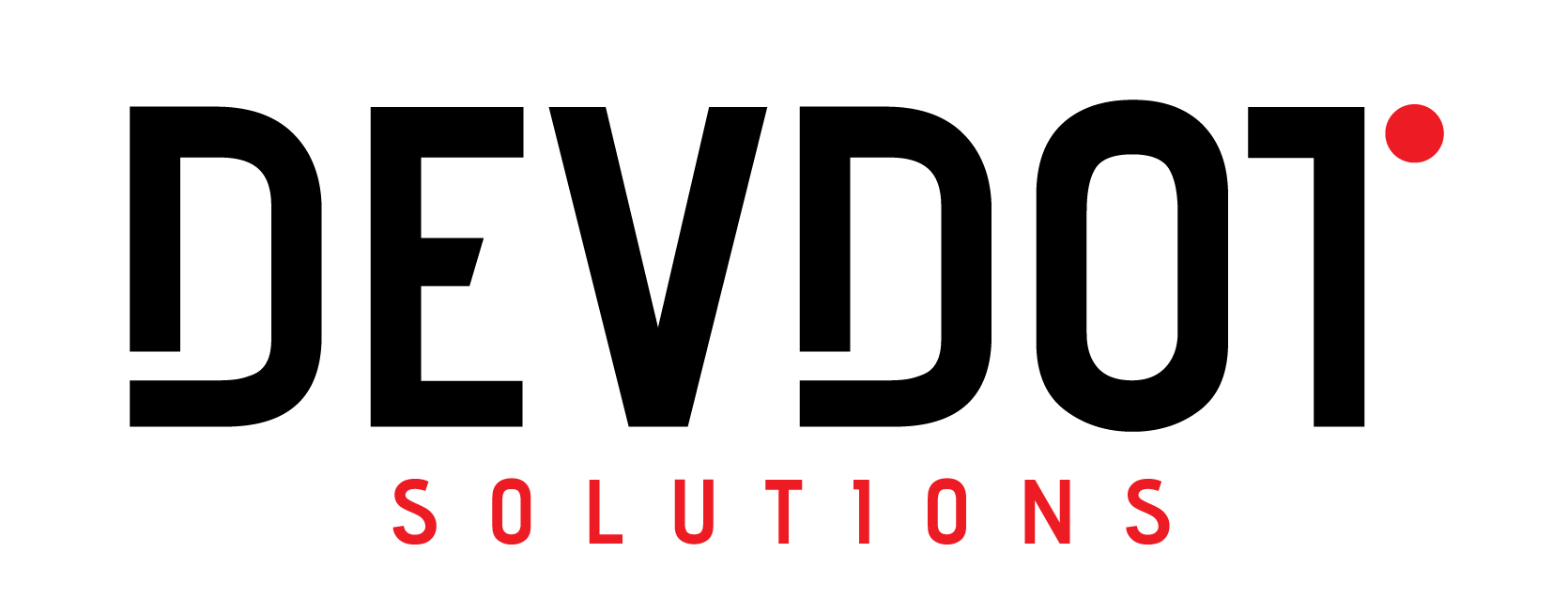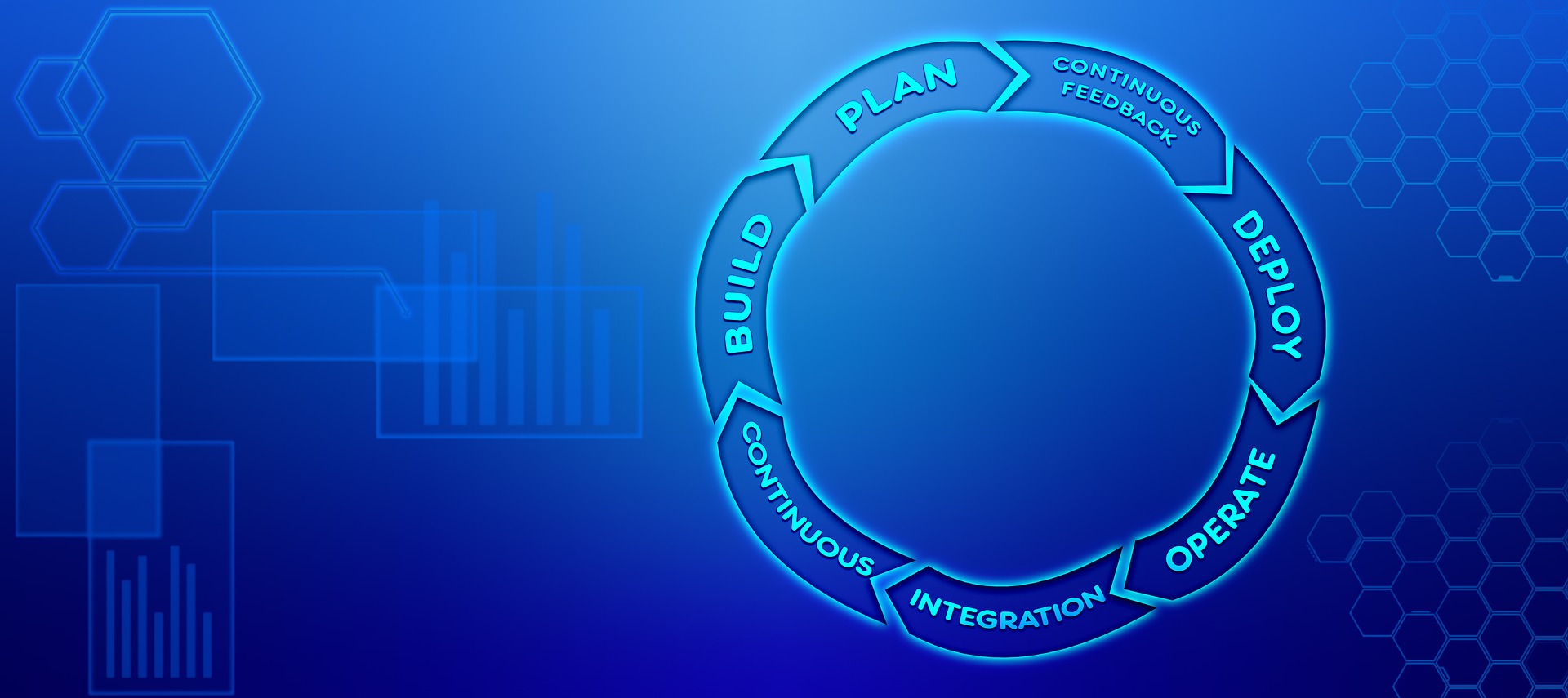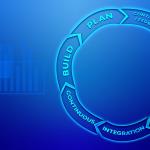Agile vs. Waterfall: Which Methodology is Best for Your Project?
Choosing the right project management methodology is essential for successful software development. Agile and Waterfall are two of the most widely used methodologies, each with its strengths and weaknesses. Understanding these methodologies helps in selecting the best approach for your project’s needs.
Agile Methodology
Agile is a flexible and iterative approach to software development. It emphasizes collaboration, customer feedback, and continuous improvement. Key features of Agile include:
- Iterative Development: Agile projects are divided into small, manageable iterations or sprints. Each sprint produces a functional increment of the software, allowing for regular feedback and adjustments.
- Customer Collaboration: Agile promotes close collaboration with stakeholders and end-users. Regular meetings, such as sprint reviews and retrospectives, ensure that the development team aligns with customer expectations.
- Flexibility: Agile accommodates changes in requirements even late in the development process. This is beneficial for projects where requirements evolve or are not fully defined at the outset.
- Focus on Working Software: Agile prioritizes delivering functional software over extensive documentation. The goal is to produce working software at the end of each iteration.
Waterfall Methodology
Waterfall is a linear and sequential approach to software development. It follows a structured process with distinct phases, including:
- Requirements Analysis: All project requirements are gathered and documented at the beginning of the project.
- Design: The system architecture and design are developed based on the requirements.
- Implementation: The actual coding and development take place according to the design specifications.
- Testing: The software is tested for defects and issues after development is complete.
- Deployment: The software is deployed to the production environment.
- Maintenance: Post-deployment maintenance and support are provided.
Comparison: Agile vs. Waterfall
- Flexibility vs. Structure: Agile offers greater flexibility and adaptability to changes, making it suitable for projects with evolving requirements. Waterfall provides a structured approach with clear milestones, which is ideal for projects with well-defined requirements and fixed scopes.
- Customer Involvement: Agile involves customers throughout the development process, ensuring their feedback is incorporated regularly. Waterfall typically involves customers primarily at the beginning and end of the project.
- Documentation: Agile emphasizes working software and minimal documentation, whereas Waterfall focuses on comprehensive documentation at each phase.
- Risk Management: Agile mitigates risks by addressing issues early and allowing for changes, while Waterfall may encounter challenges if requirements change after the design phase.
Choosing the Right Methodology
- Agile: Ideal for projects with uncertain or evolving requirements, a need for frequent updates, and active customer involvement. Examples include software startups and products with rapidly changing market conditions.
- Waterfall: Suitable for projects with well-defined requirements, clear objectives, and a stable scope. Examples include large-scale systems with strict regulatory requirements or contractual obligations.
Conclusion
Both Agile and Waterfall methodologies have their advantages and are suited to different types of projects. Assess your project’s requirements, scope, and stakeholder involvement to determine which methodology aligns best with your needs. By choosing the right approach, you can enhance project success and deliver high-quality software.







